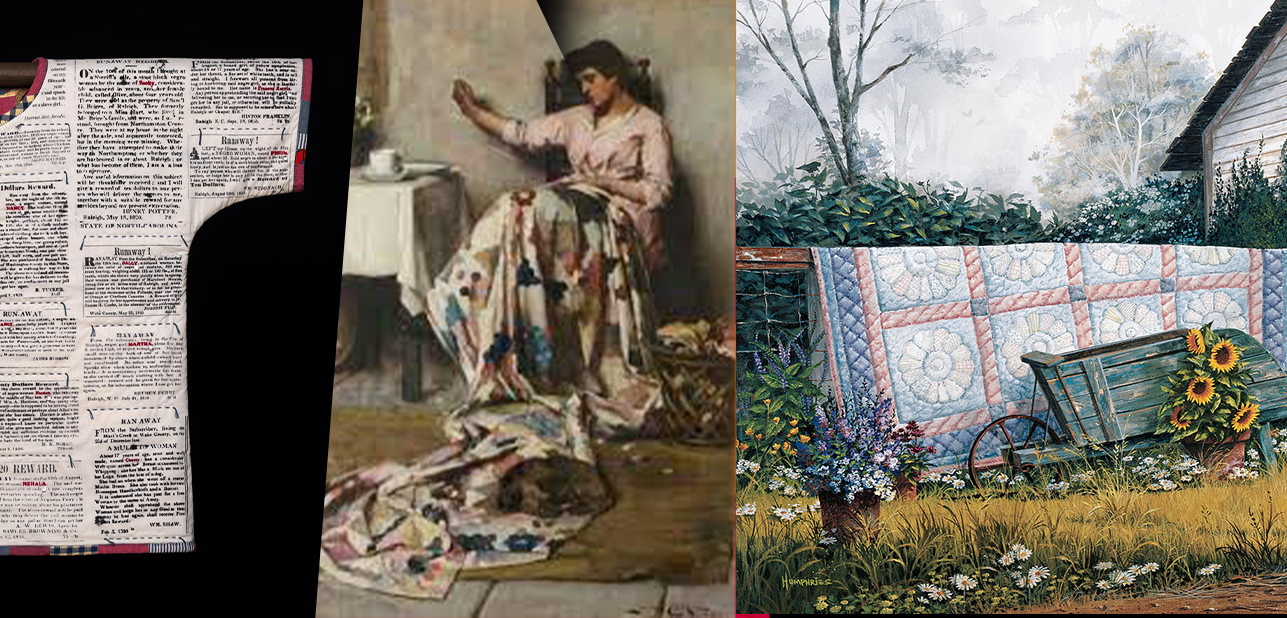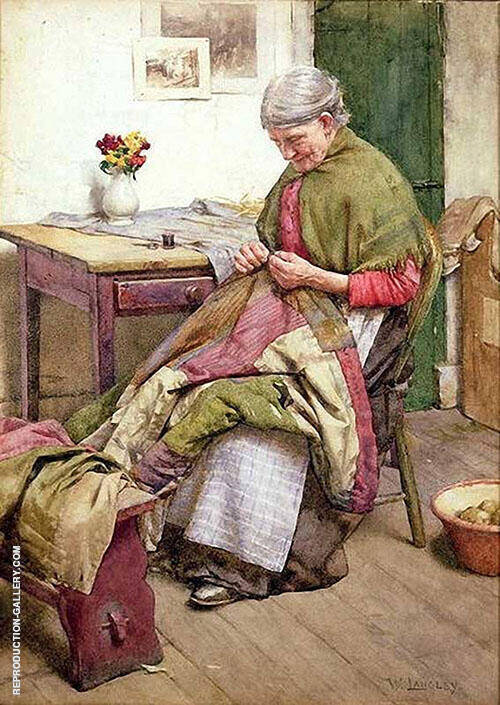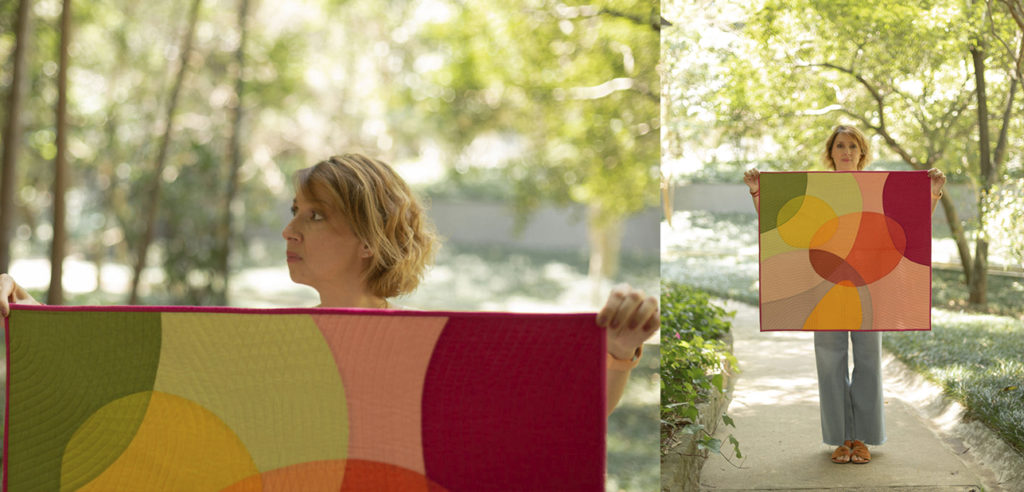Quilting has long been regarded as a traditional craft, passed down through generations and cherished for its practicality and warmth. However, in recent years, a new wave of quilters has emerged, pushing the boundaries of this craft and elevating it to an art form. Modern quilting has become a medium for personal expression, storytelling, and social commentary, blurring the lines between art and craft. In this blog post, we will explore the intersection of art and craft through the lens of modern quilting, delving into how this once utilitarian practice has evolved into a powerful tool for creative self-expression.
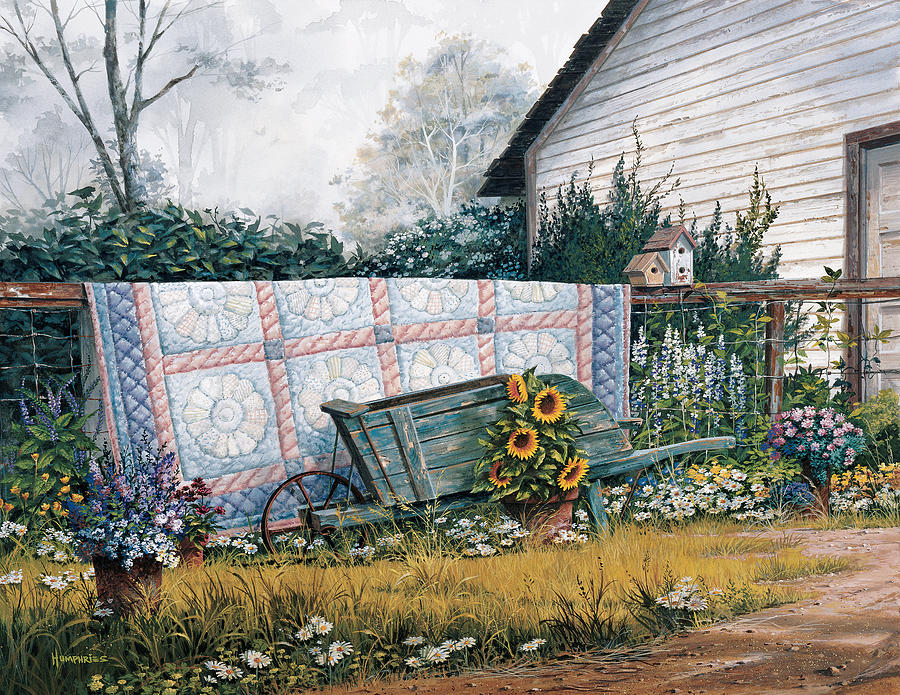
The Evolution of Quilting as an Art Form
Quilting has come a long way from its humble beginnings as a practical craft. Once used primarily for warmth and utility, it has now transformed into a true art form, pushing the boundaries of creativity and innovation. The evolution of quilting as an art form can be attributed to a number of factors.
Firstly, the rise of the modern quilting movement has played a significant role in elevating quilting to an art form. Modern quilters challenge traditional notions of quilting by incorporating bold and unconventional designs, experimenting with different materials, and embracing new techniques. They infuse their quilts with their own unique style and creative vision, using them as a canvas for self-expression.
Secondly, the accessibility of technology has revolutionized the quilting world. With the advent of computerized sewing machines and design software, quilters now have access to a wide range of tools and resources that allow them to create intricate and complex quilts. They can easily experiment with different patterns, colors, and textures, pushing the boundaries of traditional quilting techniques.
Lastly, the growing appreciation for handmade and artisanal goods has fueled the rise of quilting as an art form. In a world saturated with mass-produced and disposable products, quilting stands as a testament to the beauty of slow, meticulous craftsmanship. Quilters are now recognized and celebrated for their skill and creativity, and their quilts are admired and collected as works of art.
Quilting as a Medium for Personal Expression
Quilting has evolved from a functional craft into a powerful means of personal expression. For many modern quilters, the act of creating a quilt is a deeply personal and intimate process. Each stitch, each choice of fabric and design, reflects the quilter’s unique perspective and creative vision. In this way, quilting becomes a medium through which individuals can communicate their thoughts, emotions, and experiences.
Through quilting, artists can express their innermost feelings and ideas in a tangible and visual form. Whether it’s through the choice of vibrant colors, intricate patterns, or the incorporation of symbolic elements, each quilt tells a story that is deeply personal to the creator. Quilts can be a reflection of one’s cultural heritage, a way to process and heal from difficult life experiences, or simply a celebration of joy and beauty.
Moreover, quilting offers a safe and nurturing space for self-expression. The slow and meditative nature of quilting allows quilters to connect with their emotions and thoughts on a deeper level. It provides a means of exploration and self-discovery, allowing individuals to express aspects of their identity that may be difficult to put into words.
In this way, quilting becomes not only a form of creative expression but also a therapeutic and cathartic practice. It allows quilters to externalize their emotions and create something tangible and beautiful out of their experiences. Whether it’s a quilt that represents a personal journey, a reflection of a particular time in one’s life, or an expression of a particular emotion, quilting provides a powerful outlet for personal expression.
Storytelling Through Modern Quilting
Quilts have always been more than just blankets or decorative pieces; they have been vessels for storytelling. Through the intricate patterns and carefully chosen fabrics, quilts have the power to tell a unique and personal story. This tradition of storytelling continues to thrive in modern quilting, as quilters use their art to convey narratives and connect with their audience on a deeper level.
Storytelling through modern quilting takes many forms. Some quilters create narrative quilts, where each block or section of the quilt represents a different scene or event in a story. These quilts can depict historical events, personal experiences, or even fictional tales. The fabrics and design elements are carefully chosen to convey the emotions and themes of the story, creating a visual narrative that captivates the viewer.
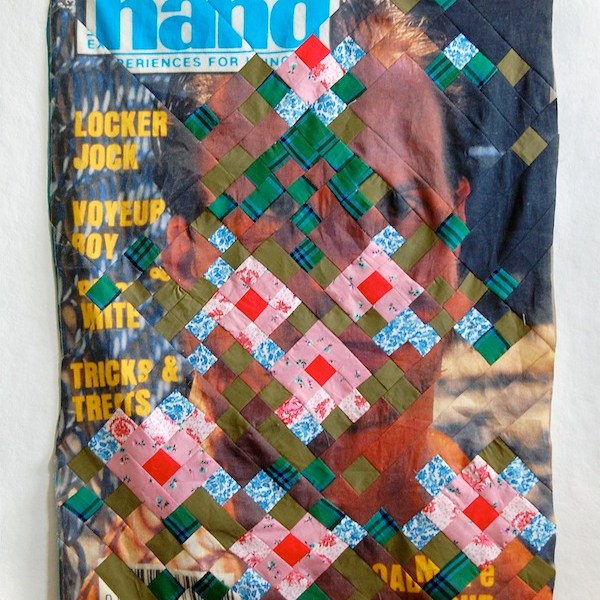
Aaron Mcintosh, Fragment #3 Roses are Red 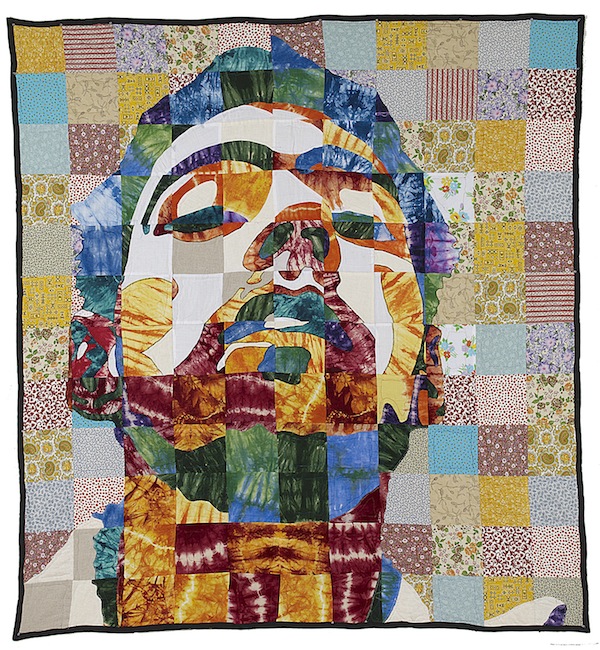
Luke Haynes, On My Bed #1 Tradition
Other quilters use symbolism and metaphor to tell their stories. They may incorporate specific images or motifs that hold personal meaning, allowing the viewer to interpret the quilt’s message and connect with the artist’s story in their own way. Quilts can also be a way for artists to honor their heritage and tell stories of their cultural background, using traditional motifs and techniques to convey a sense of identity and belonging.
Through storytelling in quilting, artists can share their experiences, struggles, and triumphs with the world. These quilts become powerful communication vehicles, fostering empathy and understanding among viewers. They invite us to reflect on our own stories and find connections with others through shared human experiences.
In the realm of modern quilting, storytelling is not limited to personal narratives. Quilters also use their art to tell stories of social issues and promote awareness and change. In the next section, we will explore how quilting can serve as a form of social commentary and activism. Stay tuned!
Quilting and Social Commentary
Quilting has always been more than just a hobby or a form of creative expression. It has also served as a platform for social commentary and activism. In recent years, modern quilters have used their art to raise awareness and shed light on important social issues.
Through the use of symbolism, color, and design, quilters are able to convey powerful messages and spark conversations. Quilts have been created to address topics such as racial inequality, gender identity, climate change, and more. These quilts serve as a visual representation of the artist’s thoughts, emotions, and beliefs, and invite viewers to engage with and reflect upon these issues.
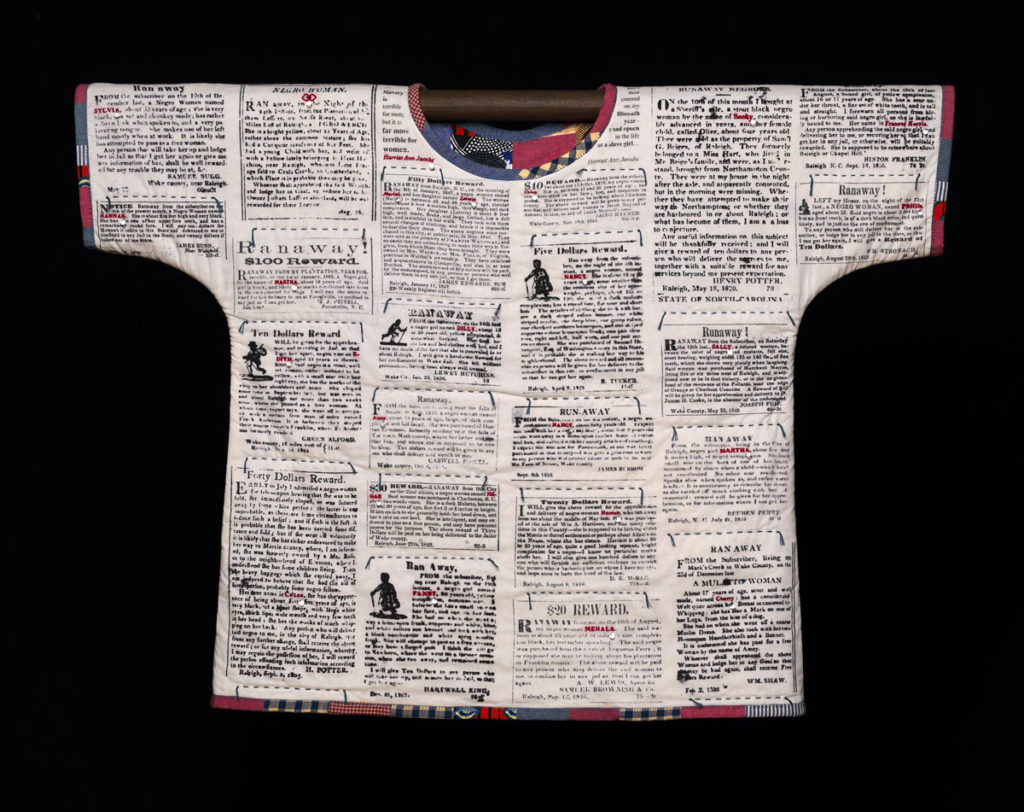
Precious Lovell, Freedom Seekers 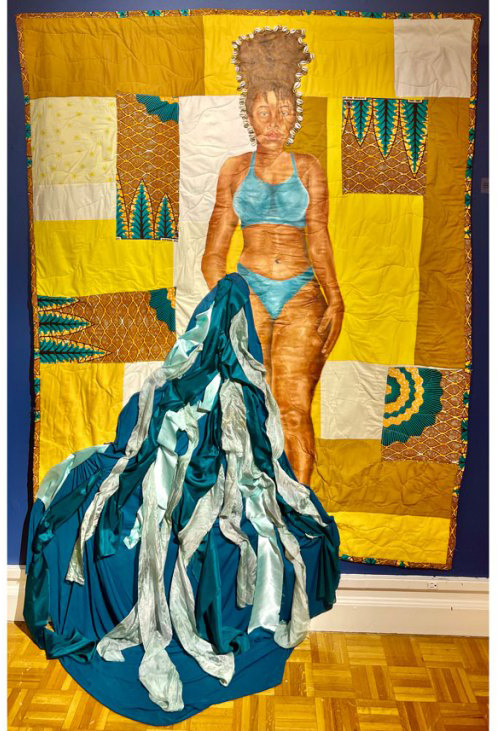
Aliyah Bonnette, Wading in the Waters of Oshun,
In the world of modern quilting, social commentary takes many forms. Some quilters create quilts that depict powerful images or scenes that highlight social injustices or call for change. Others use their quilts as a form of protest, using bold and provocative designs to challenge societal norms and demand justice.
Quilting as a form of social commentary allows artists to use their creativity and craftsmanship to make a difference in the world. By using their art to speak out about important issues, quilters are able to spark conversations, educate others, and inspire change. Quilting has the power to bring people together, ignite empathy, and create a sense of community around important social causes.
In the next section, we will explore the influence of modern quilting and how it has impacted the art world and society as a whole. Stay tuned to learn more about this exciting and dynamic movement.
The Influence of Modern Quilting
The influence of modern quilting on the art world and society as a whole cannot be understated. This dynamic and exciting movement has not only pushed the boundaries of what quilting can be, but it has also brought quilting into the spotlight as a legitimate form of artistic expression.
One of the most significant influences of modern quilting is its impact on the art world. Traditionally, quilting was not often seen in galleries or museums. However, modern quilters have challenged this notion, showcasing their quilts alongside other art forms and blurring the lines between art and craft. Quilts are now recognized as works of art in their own right, and they are being celebrated and collected by art enthusiasts and collectors around the world.
Furthermore, modern quilting has had a profound influence on society. Through their quilts, modern quilters have been able to raise awareness and spark conversations about important social issues. Quilts addressing topics such as racial inequality, gender identity, and environmental conservation have prompted discussions and encouraged viewers to consider their own perspectives and actions. Modern quilting has become a powerful tool for activism and social change, inspiring individuals to make a difference in their communities and the world.
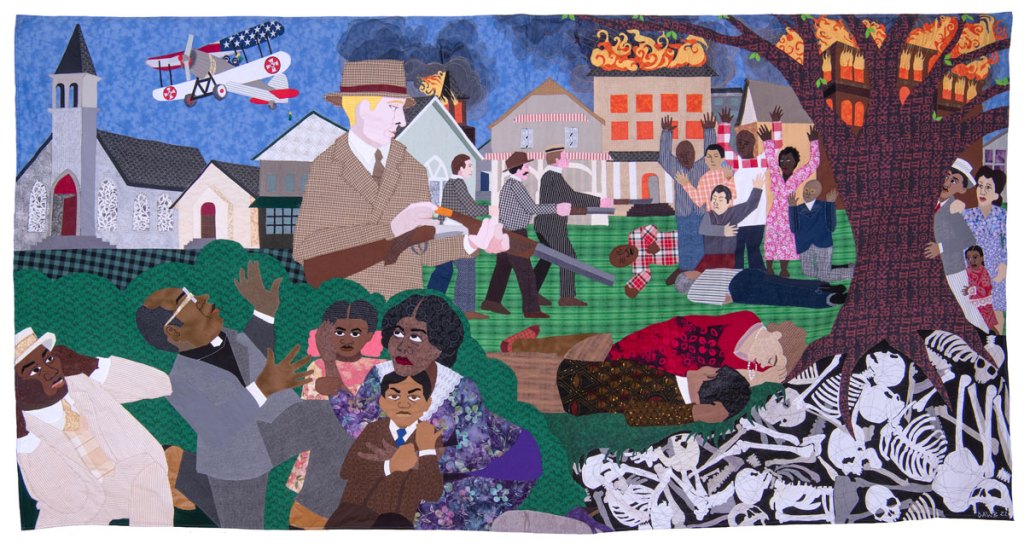
Photo : Photo Ron Witherspoon/©Dawn Williams Boyd/Courtesy the artist and Fort Gansevoort, New York
In conclusion, modern quilting has had a significant influence on both the art world and society as a whole. Through its creativity, innovation, and willingness to tackle important issues, modern quilting has elevated quilting from a traditional craft to a respected and powerful art form. Its impact will continue to be felt as more quilters push the boundaries of what quilting can be and use their art to make a difference.


